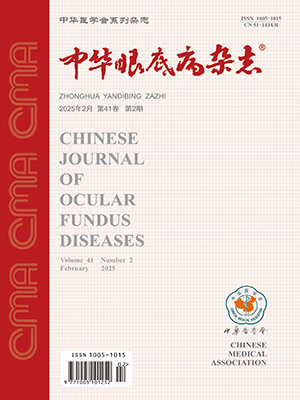Objective To observe the clinical features of primary intraocular lymphoma (PIOL). Methods The clinical data of 13 patients (24 eyes) of PIOL were retrospectively analyzed. In addition to routine ophthalmic examination, auxiliary examination including fluorescein fundus angiography (FFA) and optical coherence tomography (OCT) were carried out in patients without opacity of refractive media. All the patients were underwent diagnostic vitreous surgery. Eleven patients were confirmed by cellular pathology analysis, one patient was confirmed by retinal biopsy, and one patient was confirmed by neurology biopsy. The clinical features of these patients were observed. Results There were 16 eyes of nine patients (66.7%) with primary central nervous system lymphoma and PIOL, and eight eyes of four patients (33.3%) with PIOL only. The patients included five males and eight females, with a mean age of (55.7 plusmn;12.6) years. Two patients were affected unilaterally and 11 patients affected bilaterally. Their visual acuity ranged from light perception to 1.0. Fourteen eyes (58.3%) were classified as isolated vitreous inflammation type and 10 eyes (41.7%) were classified as vitreous retinal type. FFA results showed that there was no abnormalities in PIOL patients of isolated vitreous inflammation type, but there were extensive lesions of retinal pigment epithelium (RPE) observed in PIOL patients of the vitreous retinal type. OCT results showed that there were no abnormalities in PIOL of patients of isolated vitreous inflammation type, but hyperreflexia between RPE and Bruch prime;s membrane was observed in PIOL patients of vitreous retinal type. Conclusion The clinical manifestation of PIOL are diversified, mostly in bilaterally affected cases. There are extensive lesions of RPE in patients of vitreous retinal type.
Citation: 周旻,江睿,张艳琼,ChiChao Chan,王文吉,徐格致,常青. Clinical analysis of 13 patients with primary intraocular lymphoma. Chinese Journal of Ocular Fundus Diseases, 2012, 28(3): 245-248. doi: Copy
Copyright © the editorial department of Chinese Journal of Ocular Fundus Diseases of West China Medical Publisher. All rights reserved




